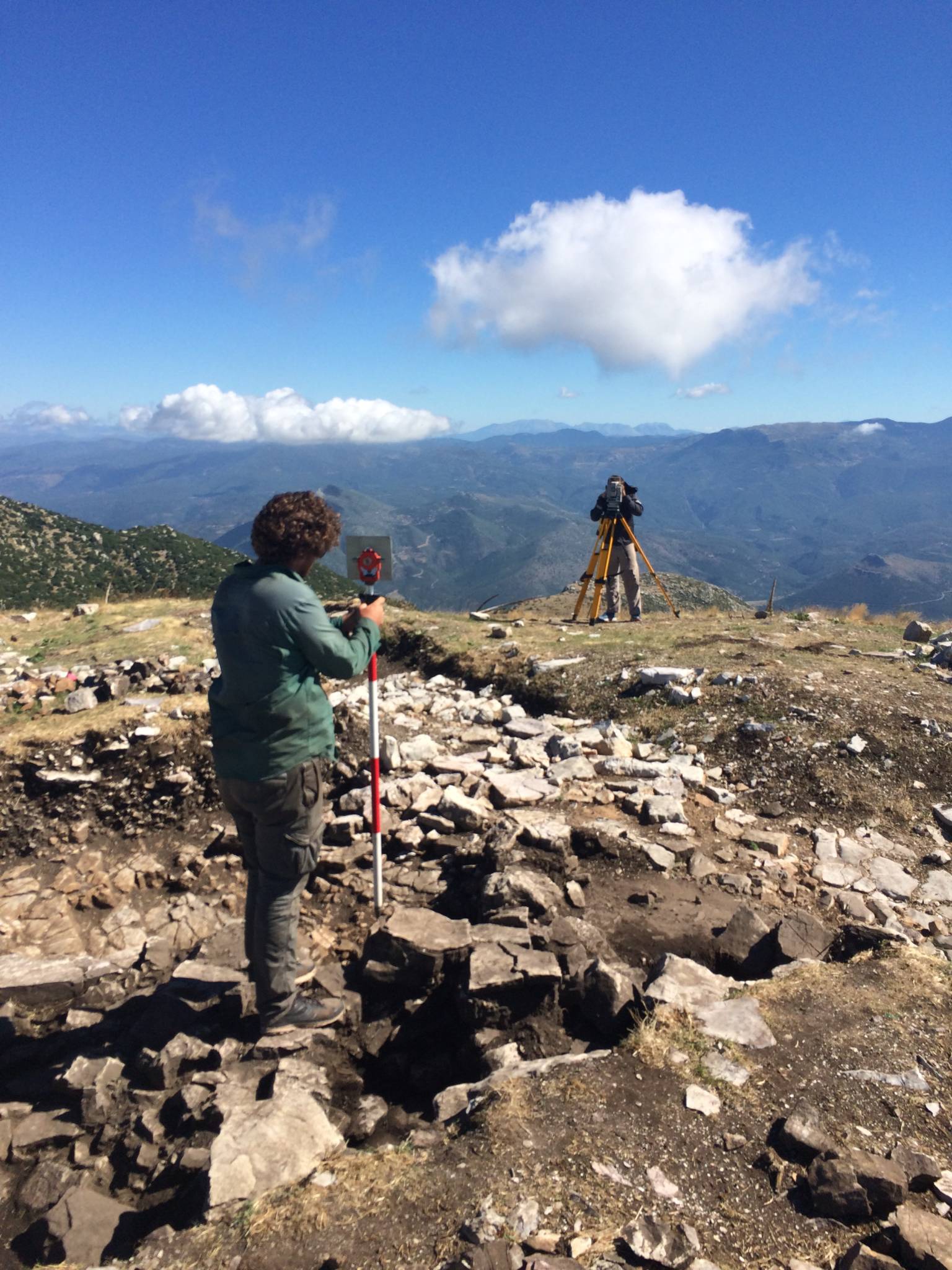
Recent Research at the Sanctuary of Zeus at Mt. Lykaion, Arcadia
University of Arizona David Gilman Romano
February 9, 2018 · 12:00 pm—1:30 pm · 203 Scheide Caldwell House
Program in the Ancient World

Since 2004 renewed research and excavation has been underway at the Sanctuary of Zeus at Mt. Lykaion in Arcadia as a synergasia project with the Greek Archaeological Service. Earlier excavation was undertaken at the site late in the 19th and early in the 20th centuries by representatives from the Archaeological Society of Athens, principally K. Kourouniotis. Known in antiquity as one of the sites identified as the “birthplace of Zeus” many ancient authors refer to the site as famous for athletic contests, human sacrifice and werewolves, suggesting primitive origins. Our excavation has discovered a Mycenaean shrine at the altar of Zeus on the southern summit of the mountain with archaeological evidence of much earlier activity (although the nature of the activity is unclear) going back to the Neolithic period and including Final Neolithic, Early Helladic and Middle Helladic. In the lower sanctuary we have been excavating the area of the athletic festival site including the hippodrome, the only example in the Greek world that can be visualized and measured, stadium, bath facility, stoa, seats or steps, administrative building, and several fountain houses. One of the initiatives of the Mt. Lykaion project has been to propose the creation of a large scale (670 square kilometers) cultural heritage park in western Arcadia, southern Elis and northern Messenia. Known as the Parrhasian Heritage Park of the Peloponnesos the cultural heritage park aims to unify and protect an area that is rich in cultural, physical and natural features.















